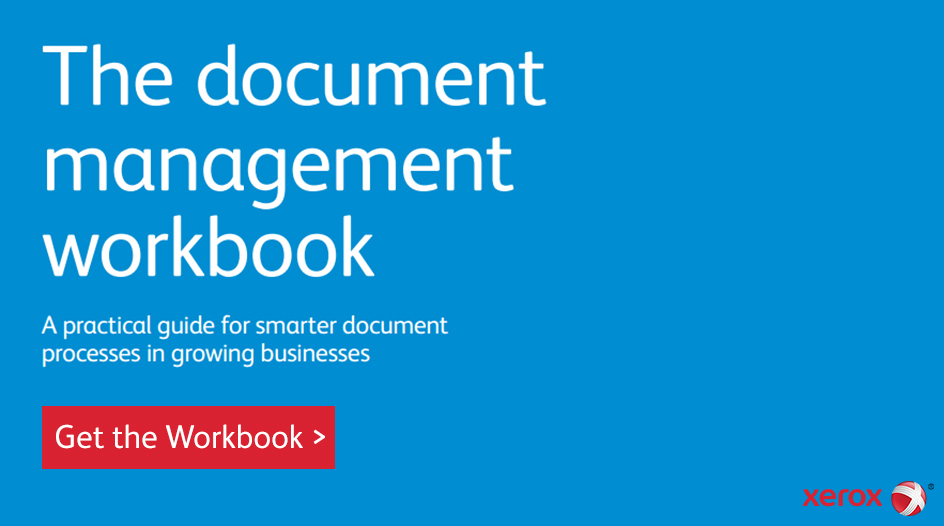Moving paper-based information into electronic workflows is an important challenge for most organizations, and can be a means to reduce overhead costs and enable better productivity. According to Coopers & Lybrand, 80% of business information still resides on paper, and there can be significant hurdles when moving to digital. When you’re thinking about re-engineering your business processes to move more work online, you may ask:
- How do I justify the investment, along with the soft costs of switching?
- How do I deal with change management issues?
- Will I really receive productivity enhancements that make it worth it?
- Will my customers receive better service from me as a result?
Why invest in optimizing your digital workflows?
The benefits of document management investment are more efficient and reliable operations, better collaboration and shortened cycle times, enablement of audit trails, protection of sensitive information to meet both legal and regulatory compliance requirements, less paper consumption, less storage and cost associated with storing redundant paper, and a reduction in labor-hours spent searching for paper based information.
For workgroups in many paper-intensive settings like human resources, financial services education, healthcare or law, document workflow improvements won’t totally get rid of paper, but they can streamline and better secure information, while eliminating or simplifying redundant paper-based workflows. Migrating to digital means capturing paper at or close to it’s point of entry and then delivering that information directly to the apps or online locations where they it will be used. Unstructured information can be better used, stored, shared, accessed, audited and integrated with a structured data management system.
For example, paper application forms can be used to immediately create customer records for later billing. Work invoices might be scanned and automatically routed to different business departments for order fulfillment. In either case, the paper is removed as early as possible and returns to paper only as a shipping label at the end of the process.
Document Capture vs Data Capture
The way most businesses start with scanning and electronic conversation of paper is through data capture – capturing an image of the document. That image can be archived and saved, but has limitations in terms of what you can do with the information that’s in it. Data capture is the process of capturing the data within in the document itself, so that you can integrate it with the data and systems you are already using everyday. When you directly link data capture to work processes, your business will reap bigger benefits – there will be better ROI from how you can leverage the information. Captured data can become structured in your repositories, meaning it can be made searchable and have metadata attached so that it can be found easily across the organization. That saves time for employees when they need to find that information later to complete their work. Similarly, it’s possible to convert scanned data into editable formats like Microsoft Word, so you can edit and update information from a paper record later on.
At Xerox, we’re always on the lookout for ways to help you work better and with greater ease, and have solutions to help you integrate your paper and digital workflows. Our time-saving technology and services and business insight can help you stay competitive and productive in today’s changing markets. Stay tuned over the coming weeks for more tips on optimizing your document processes, so that you can keep your focus on the work that moves your business forward.
Subscribe to the Small Business Solutions Blog and receive updates when we publish a new article. [wysija_form id=”1″]





[…] The Document Workflow Challenge […]